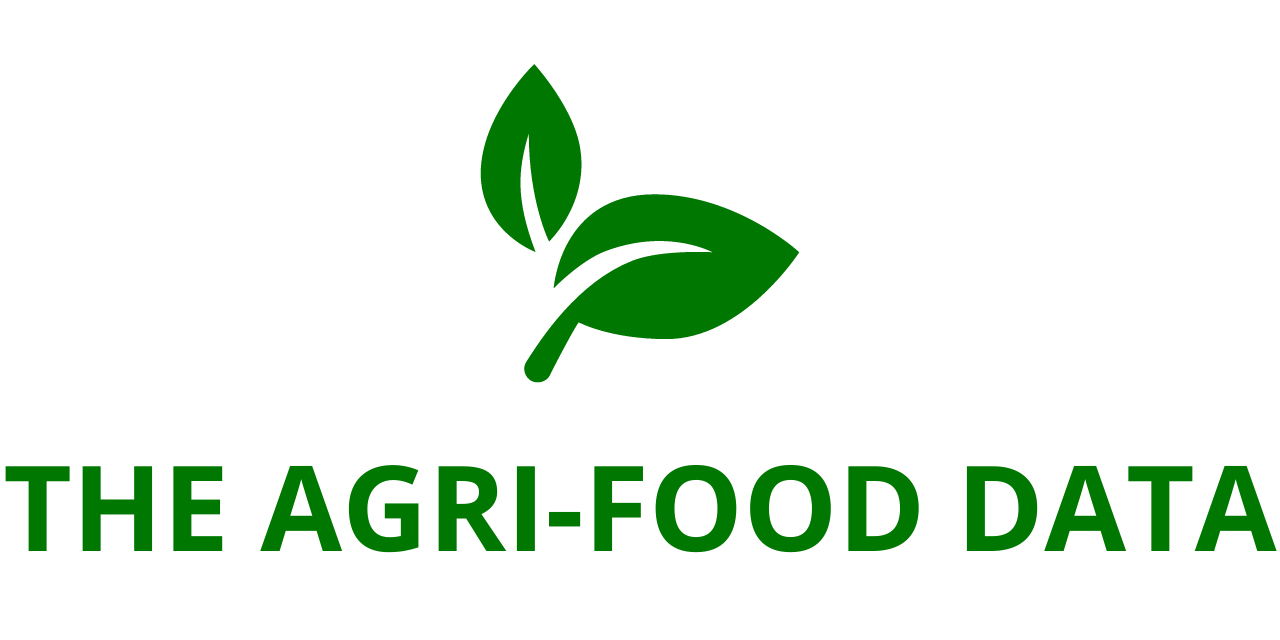
At the 2025 ReFED Food Waste Solutions Summit, Flashfood unveiled its third annual Impact Report, titled The Future of Waste is Health, offering compelling insights into how reducing food waste can simultaneously address a growing public health and nutrition crisis. The report presents fresh data, original shopper insights, and the company’s first-ever greenhouse gas (GHG) emissions assessment, arguing that rescuing nutritious, fresh food from going to waste is among the most practical, scalable strategies to improve dietary health outcomes—especially for underserved communities.
The newly released report not only chronicles Flashfood’s milestones and progress throughout 2024 but also positions food waste reduction as a vital public health intervention. In an environment where economic pressures are pushing families to purchase cheaper, ultra-processed food, Flashfood stands out as a platform that increases access to nutrient-dense whole foods at discounted prices. The company’s marketplace model, which partners with retailers to divert surplus food from landfills into consumer hands, is now being recognized not just for its environmental benefits but also for its potential to promote healthier eating habits on a large scale.
CEO Jordan Schenck: “Flashfood Is a Multiplier for Health and Access”
Speaking at the Summit, Flashfood CEO Jordan Schenck highlighted the company’s unique role at the intersection of food waste reduction, food access, and nutrition.
“Flashfood is the health, nutrition, and food access multiplier the world needs today,” said Schenck. “There are powerful tailwinds behind our business driven by today’s economic, social, and political environment. In the year ahead, we’re leveraging AI to scale our technology platform to deliver even greater value to consumers and retailers across North America.”
Flashfood’s marketplace allows shoppers to purchase fresh food nearing its sell-by date at significantly reduced prices, a win-win solution for both environmental and economic challenges. In 2024, the company expanded its retail partnerships, onboarded new cities, and made measurable progress toward its mission of reducing food waste while supporting food affordability and access.
Food Waste and the Nutrition Crisis: A Growing Threat
The report draws a clear line between the modern nutrition crisis and the food waste problem. As food costs continue to rise, Americans are increasingly relying on ultra-processed foods—often high in sugars, fats, and preservatives—which now make up more than half of the average American’s daily caloric intake. According to data cited from Ballard Brief, over 50% of daily calories now come from ultra-processed sources.
Meanwhile, whole food consumption—fruits, vegetables, and other minimally processed items—has been steadily declining. Research from the American Journal of Clinical Nutrition shows that consumption of whole foods has dropped from 32.7% of total food intake to just 27.4%. This decline contributes directly to nutrient deficiencies and chronic health conditions like obesity, type 2 diabetes, and heart disease.

In this context, Flashfood’s core model—rescuing fresh food and making it more affordable—is more relevant than ever.
Shopper Survey Results: Healthier Diets Through Flashfood
For the first time, Flashfood conducted a survey in May 2025 to better understand how its platform impacts customer health. The results affirm that the app is not only reducing food waste, but actively contributing to better eating habits among users.
Key findings from the shopper survey include:
- Over 70% of respondents said Flashfood has improved the overall healthiness of their diet.
- More than 65% reported an increase in their fruit and vegetable consumption since using the app.
- Nearly 60% said they consume more protein—such as fresh meats or plant-based proteins—thanks to the availability of affordable options through Flashfood.
These statistics illustrate the dual benefits of the model: customers are saving money and eating better. With more nutritious foods like produce and proteins made more accessible through Flashfood’s platform, the company is beginning to emerge as a leader not only in food rescue but also in public health advocacy.
GHG Assessment and Sustainability Progress
Alongside the report’s public health focus, Flashfood also released its first-ever greenhouse gas (GHG) emissions assessment in 2024. This analysis underscores the environmental impact of preventing food from ending up in landfills—where it would otherwise release methane, a potent greenhouse gas. By rescuing millions of pounds of food each year, Flashfood contributes to the broader fight against climate change.
Reducing food waste is one of the top strategies to combat global warming. According to Project Drawdown, cutting food waste ranks among the most effective actions humanity can take to lower emissions. Flashfood’s growing scale and success suggest that technology-enabled food rescue can be a cornerstone of climate mitigation strategies.
Looking Ahead: Scaling with AI, Partnerships, and Purpose
Looking to the future, Flashfood is doubling down on innovation. The company plans to further integrate artificial intelligence (AI) to optimize its logistics and matchmaking algorithms—ensuring surplus food finds its way into the hands of value-seeking shoppers even faster. These tools will be instrumental in expanding to new regions and retail partners, while improving operational efficiency for existing ones.
Schenck emphasized Flashfood’s role as part of a larger movement to transform the food system. “We’re not just solving for waste—we’re solving for access, for affordability, and for health. Our platform is delivering systemic value across the board.”
Collaboration and Cross-Sector Momentum
As in past years, the Impact Report also celebrates the work of partner organizations and allies working to reform the food system. From nonprofits to government agencies and food justice advocates, Flashfood recognizes that meaningful change happens through collective action.
By spotlighting the shared goal of creating a more equitable, sustainable, and abundant food system, Flashfood positions itself as part of a growing coalition dedicated to smarter food systems.





